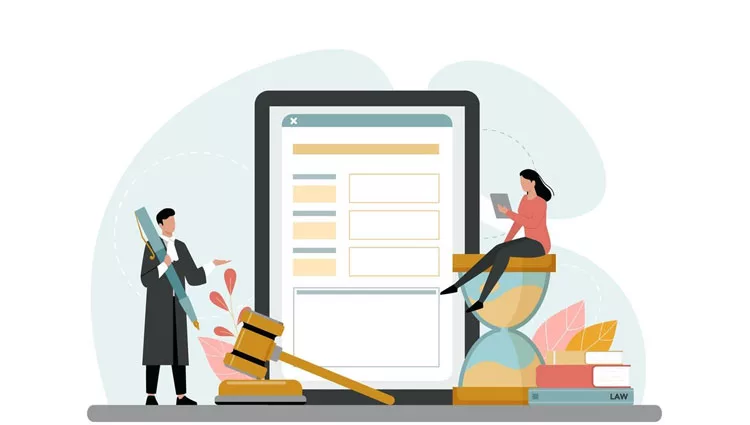Understanding Constructive Discharge
Constructive discharge, a term many may not be familiar with, plays a crucial role in employment law. It refers to a situation where an employee is forced to resign due to an employer’s creation of a hostile or intolerable work environment. Recognizing and responding effectively to such situations is vital for protecting your rights as an employee. This comprehensive guide will help you understand constructive discharge and the steps you can take if you find yourself in this challenging position.
Seeking Legal Counsel: The Role of an Unfair Dismissal Lawyer
If you suspect you’ve been a victim of constructive discharge, consulting with an unfair dismissal lawyer is a critical step. These legal professionals specialize in employment law and can provide you with expert advice on whether your situation constitutes constructive discharge and how to proceed with a claim.
Identifying Constructive Discharge
Constructive discharge often involves a significant deterioration of your working conditions, deliberately made by the employer. This could include changes in job responsibilities, severe harassment, drastic pay cuts, or being moved to a less desirable location. Recognizing these signs is the first step in determining if you’re experiencing constructive discharge.
Documenting Your Work Environment
If you believe you are being constructively discharged, it’s essential to document your work environment and the issues you are facing. Keep records of emails, notes from meetings, changes in your employment contract, and any interactions that contribute to the hostile work environment. This documentation can be crucial in any legal action.
Understanding Your Rights
Awareness of your rights as an employee is critical. Employment laws vary from place to place but generally protect workers from discrimination, harassment, and unfair labor practices. Familiarize yourself with local employment laws and employee rights to better understand the legality of your situation.
Seeking Internal Solutions
Before resigning, consider addressing the issue internally. This might involve speaking with your human resources department or a higher management level. Sometimes, companies are unaware of certain managers’ actions or the impact of specific changes and are willing to rectify the situation.
The Importance of a Formal Complaint
Filing a formal complaint within your organization can be an effective step. This creates an official record of your grievances and gives the employer an opportunity to address the issues. Ensure your complaint is detailed, documenting all relevant incidents and communications.
When to Consider Resignation
Resigning should be a last resort, typically considered only after all attempts to rectify the situation internally have failed, and when the work environment becomes unbearable. Before resigning, consult with a legal professional to discuss your case’s strengths and the implications of your resignation.
Legal Recourse and Claims
If you decide to resign and pursue a legal claim, understanding the legal process is essential. Constructive discharge cases can be complex, often requiring the assistance of a lawyer who can navigate the legal system and help articulate your case effectively.
Preparing for a Legal Battle
Preparing for a legal battle involves gathering all your evidence, including documentation of the work environment, records of communication with your employer, and any witness statements. Your lawyer will guide you through this process, helping you build a strong case.
Self-Care and Support Systems
Dealing with constructive discharge can be emotionally and mentally taxing. It’s important to take care of your well-being during this time. Lean on your support system, whether it’s family, friends, or professional counselors. Taking care of your mental health is just as important as addressing the legal aspects.
Navigating Through Tough Waters
Facing constructive discharge is undoubtedly challenging, but understanding your rights and the steps you can take provides a roadmap to navigate these tough waters. With the right approach, documentation, and legal guidance, you can respond effectively to unfair termination and protect your professional and personal well-being. Remember, while the situation is difficult, you are not without resources and support to fight for your rights.





